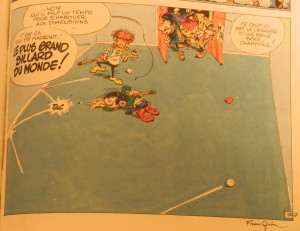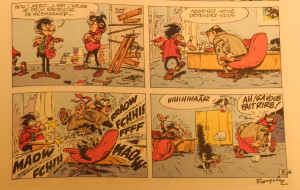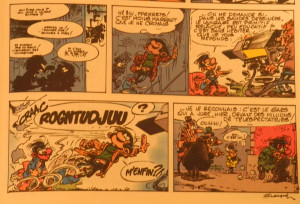Quizz: who wrote
Il a publié il y a deux ans (…) un ouvrage relatif au sentiment de l’Infini sur la rive occidentale du lac Victoria-Nyanza et cette année un opuscule moins important, mais conduit d’une plume alerte, parfois même acérée, sur le fusil à répétition dans l’armée bulgare, qui l’ont mis tout à fait hors de pair.
or, in translation:
He has published two years ago (…) a book concerning the feeling of Infinity on the occidental shore of the Victoria-Nyanza lake, and this year another booklet, less important but written with a lively, and even piercing, pen, on the repeating rifle in the bulgarian army, which have made him rather peerless.
This reminds of the curiously little-known hilarious “Antrobus stories” of diplomatic mishaps:
It was during one of those long unaccountable huffs between ourselves and the Italians. You know the obscure vendettas which break out between Missions? Often they linger on long after the people who threw the first knife have been posted away. I have no idea how this huff arose. I simply inherited it from bygone dips whose bones were now dust. It was in full swing when I arrived — everyone applying freezing-mixture to the Italians and getting the Retort Direct in exchange. (…) So while bows were still exchanged for protocol reasons they were only, so to speak, from above the waist. A mere contortion of the dickey, if you take me, as a tribute to manners. A slight Inclination, accompanied by a moue. Savage work, old lad, savage work!
(from “The game’s the thing”, where a soccer game between the English and Italian embassies rather degenerates.)



